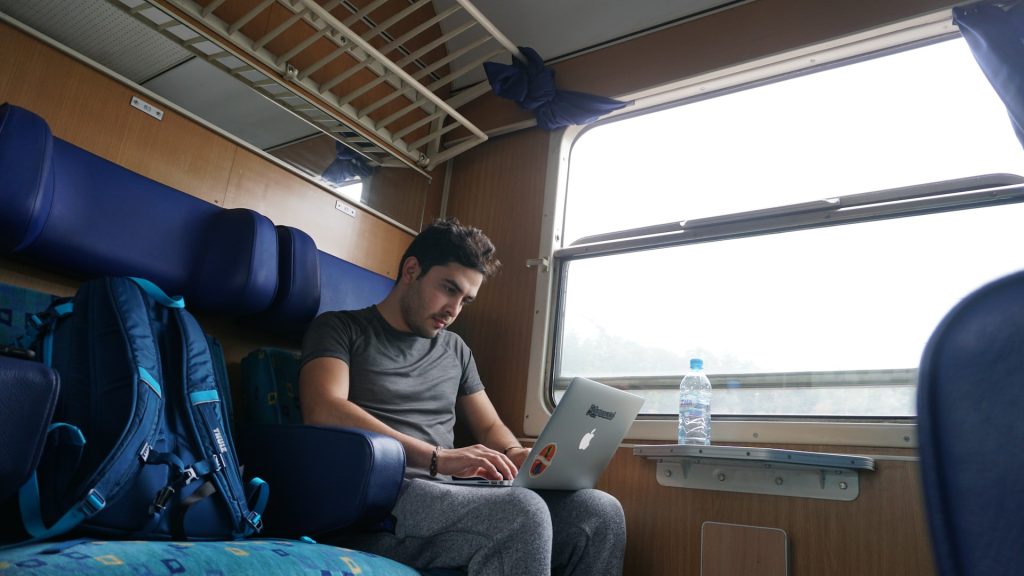The travel industry was probably one of the most famous victims of the outbreak of COVID-19 so it’s not that surprising that faced with the global pandemic, tourism wasn’t one of the people’s main priorities. And it should be even less of a surprise that now when things are hopefully falling back in line, the travel sector is once more experiencing a steady 3.9% growth and contributing a record $8 trillion to the world economy.
Quick Links
However, besides a strong comeback, these numbers also indicate the increase in the competition you will have to overcome top into these favorable trends.
Search engine optimization, like always, sounds like an incredibly good place to start. Let us take a look then at some of the main challenges of SEO for travel websites and see how you can address these quirks and really put your company on the map.
Leverage the power of local SEO
Being so focused on distant locations and engaging remote customers, travel companies often forget that this industry gets a lot of money from simple walk-ins and local searches. Do your best then to get your company listed in the local SEO results and make sure you pop up on the phone of any person looking for travel services in your vicinity. You can do that in one or more of the following ways:
- Set up a Google My Business account
- Add schema information to your website’s homepage
- Add the company’s address to the homepage
- Use H1 titles to reference your company’s location
- Use the same name and address across all marketing channels
Aim for long-tail keywords
Don’t get us wrong, both exact and long-tail keywords have their pros and cons and the situations in which they should be used. However, since you are dealing with heavy local competition all while working in a highly descriptive area like tourism we suggest that you give higher priority to long-tail ones. First, you will be able to focus your campaigns on much more niche audiences that could be interested in your particular services. Second, you will get more room to play with the user intent and location of your company. Just try to be concise and remain within the traditional three or four words framework.
Reference specific locations
People these days are very worldly and they have a pretty good idea of what they want to get out of their following vacation. Most of the places they want to visit have, through referrals and online fame gained an even stronger reputation than the broad area they might be located in. We are talking about popular destinations, like for instance, Magnetic Island in Australia. Optimizing search engines for such top-tier performers makes much more sense than using something generic like ‘vacation in North Queensland.’ In some cases, you can even go as far as to reference some famous square, vista, or popular local event.
Pay attention to the user’s intent
Not paying attention to the user intent is one of the most common mistakes marketers make when coming up with their SEO strategies. This problem becomes even more evident taking into account that the latest Google updates are focusing solely on search intent and improving the user experience. So, try to let your keyword policies take a backseat and put yourself into the shoes of your customers. Their train of thought usually goes in the way of how-to’s, lists of fun things to do in some location, nightlife, local cuisine, and other interesting stuff that don’t usually make a part of the traditional SEO strategies.
Use related terms
This way you will get much more variety, be able to lean more heavily on the whole user intent story we have just covered above and, finally, complexly fence in some lucrative and competitive niche. Let’s say you are doing island tours. Here, the opportunities for experimentation and playing with variations with different types of keywords are virtually endless. You have cruising, island-hopping, island tours, island adventure, island experiences, and countless others. The most efficient way of coming up with these related terms can be found in simple brainstorming so create small focus groups and let them do the job for you.
Frontload the front page
Last but not least we would like to remind you that loading the front page with interesting content makes an incredibly important part of the SEO process since it drastically affects ranking factors like bounce rate. In the case of travel agencies where visitors’ attention is laser-focused on finding the best deals while they are still available making a strong first impression becomes even more important. That is why you use the front page to display all sorts of deals, discounts, loggings, images of happy people on vacation, reviews, and similar hooks. Just make sure not to make the page unresponsive or cluttered.
We hope these couple of mentions gave you a general idea about the problems you will encounter while performing SEO for your travel website as well as outlined some practical solutions that will help you turn these obstacles to your advantage. The travel sector is booming, and the competition is stacking up with each passing day. With things as they are, the best thing you can do for your company is to put it at the very top of Google SERP. Now, you know how.

